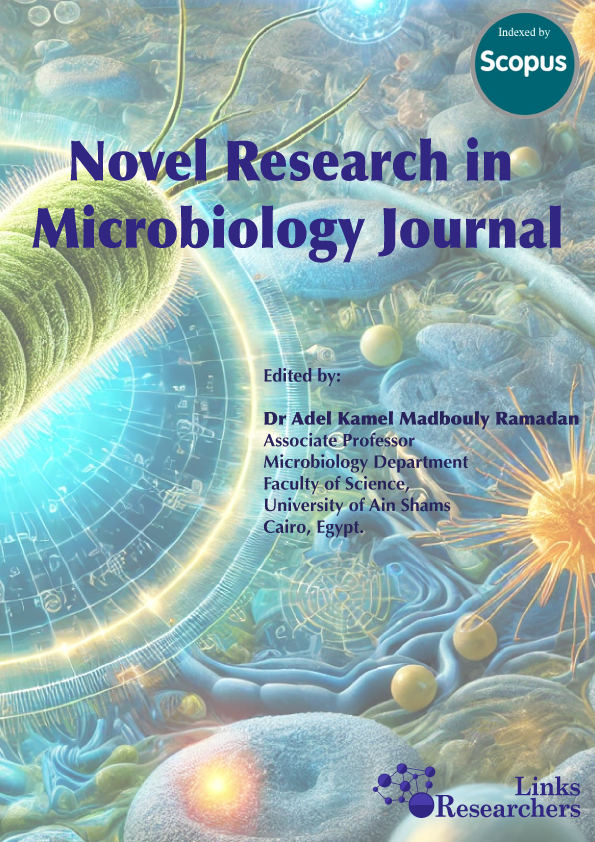Polyhydroxyalkanoates Biopolymer Production by Moderately Halophilic Paracoccus onubensis Strain E3: Extraction, Characterization and Synergistic Activity with Sorafenib Drug against Hepatocellular Carcinoma through Molecular Docking Approach
Polyhydroxyalkanoates Biopolymer Production by Moderately Halophilic Paracoccus onubensis Strain E3: Extraction, Characterization and Synergistic Activity with Sorafenib Drug against Hepatocellular Carcinoma through Molecular Docking Approach
Hend A. Hamedo, Ahmed E.M. Shokr, Omnia T. Abd-Elsalam and Naglaa Elshafey*
ABSTRACT
Polyhydroxyalkanoates (PHAs) are biodegradable, low-cost, and ecofriendly polymers produced by various bacteria in the environment. The aim of this study was to investigate the use of moderately halophilic Paracoccus onubensis strain E3 as a promising PHA-producing bacteria isolated from a hyper-saline environment in Egypt. The optimum conditions for PHAs production were explored and the recorded maximum yield of PHAs was 54.77 mg/ l after 72 h of incubation at 37 oC, pH 7, and 4 % NaCl (w/v), using constant carbon and nitrogen sources. PHAs were extracted and then subjected to Fourier transform infrared spectroscopy (FT-IR), where the spectrum showed a strong band at 1649.72 cm−1 for the carbon (C=O) stretching of the ester group, which is a common feature in PHAs structures, and Gas chromatography–mass spectrometry (GC-MS) analyses. The GC-MS identified twelve different biodegradable PHA compounds, including hexadecenoic acid and octadecanoic acid. The molecular docking study displayed high potential of the extracted PHA ingredients as drugs used against liver hepatocellular carcinoma (HCC); with binding affinity ranging between -4.0 to -6.5 kcal/ mol. This is in addition to the prediction of a synergistic effect of PHAs ingredients and sorafenib drug against HCC, showing a promising binding affinity ranging from 20.2 to 23.2 kcal/ mol. Our findings indicate that Paracoccus onubensis strain E3 is a promising candidate for producing PHAs, which could be used as a drug delivery system for HCC treatment with sorafenib drug.
To share on other social networks, click on any share button. What are these?






